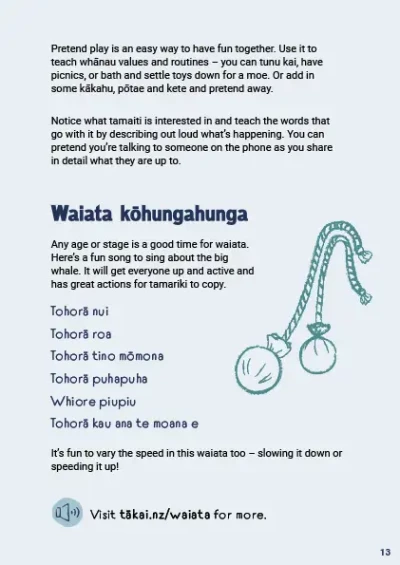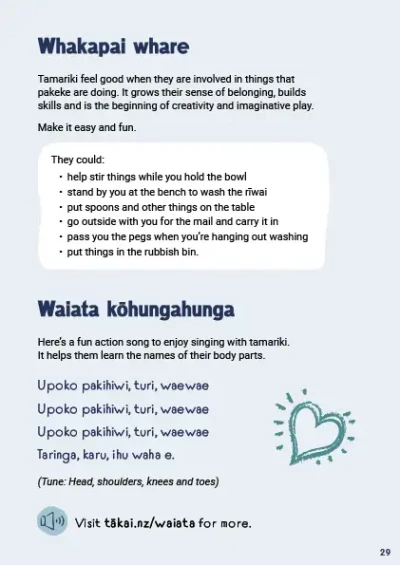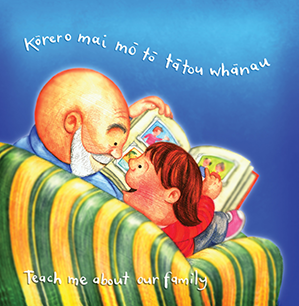
Kōrero mai
Children learn a language when they hear it spoken naturally around them and when it's spoken directly to them.
Learning more than one language
When parents and whānau talk with their child in the language that's most natural for them, the child learns the rhythms, sounds and speech patterns for that language. Ask:
- What is your experience of bilingualism?
- Are there people who speak more than one language within your whānau?
A second language can be learned simultaneously with the first language or sequentially (the second language is learned after the first has been mastered). Ask:
- Which would be easier for a child to learn?
- Why do you think that?
- What opportunities does your toddler have to learn a second language?
A second or third language develops in the same way that a first language does. Kids need to hear the language being spoken consistently and directly to them. They also need to hear it used around them and in connection to the people and the world they live in.
Learning a language through immersion
Te Kōhanga Reo and A'oga Amata are 2 examples of ECE settings specifically set up to provide immersion language learning in te reo Māori and gagana Sāmoa. Ask:
- What do you think about total immersion language learning?
- Would you be interested in your toddler being part of this type of ECE?
- Why is that?
- What could you do at home or within the whānau to give your toddler access to another language?
- Is there anything you need help with to do that?
Helpful resources for whānau
-
Pasifika language learning
Ministry of Education
Information and resources from the Ministry of Education on learning Pacific languages.
-
New sing-a-long series Waiata Mai nurtures Māori language in children<
New sing-a-long series Waiata Mai nurtures Māori language in childrenWaiata Mai is a 'made-for-YouTube' series of 40 songs designed to engage tamariki while teaching basic Māori language sentence structures.














